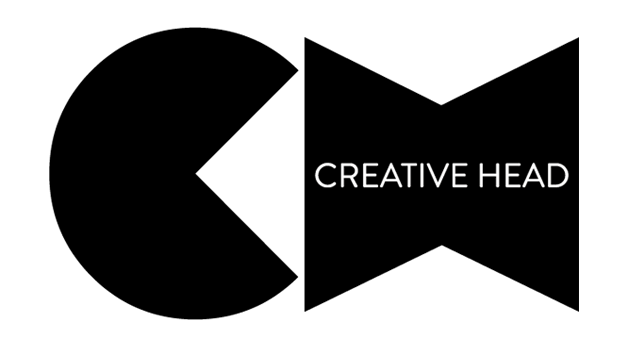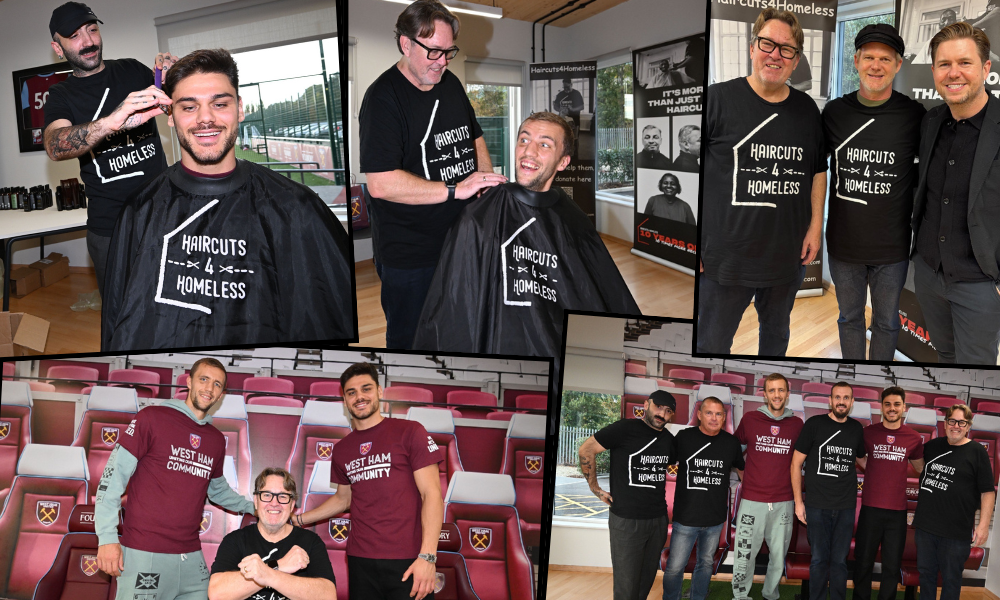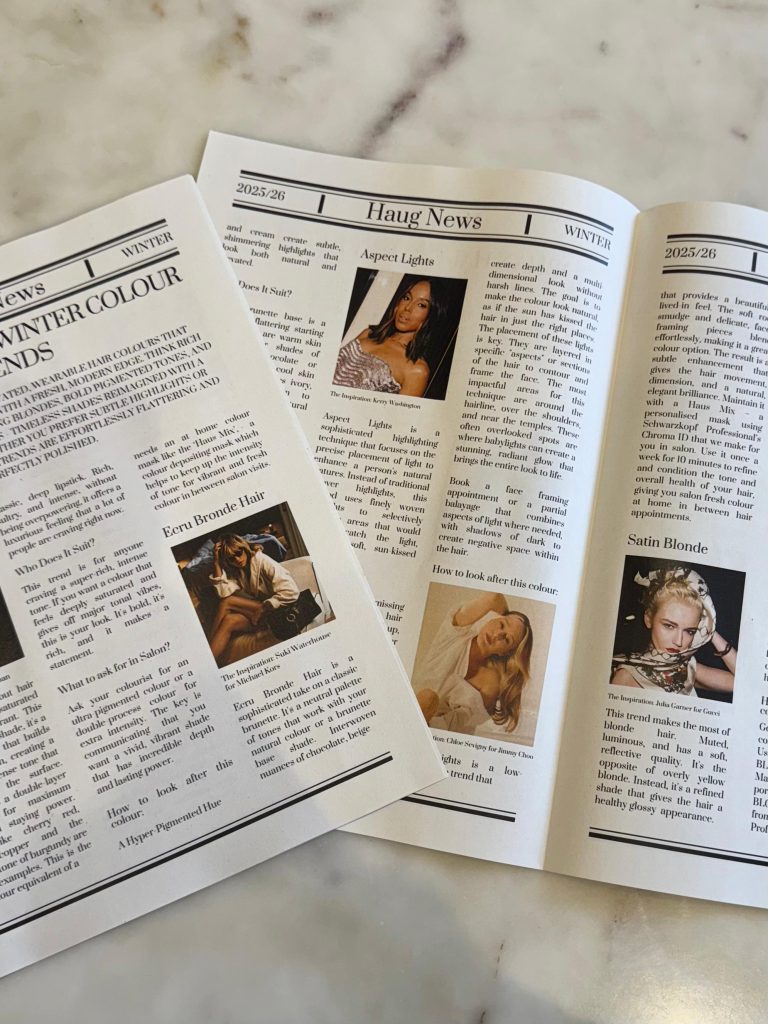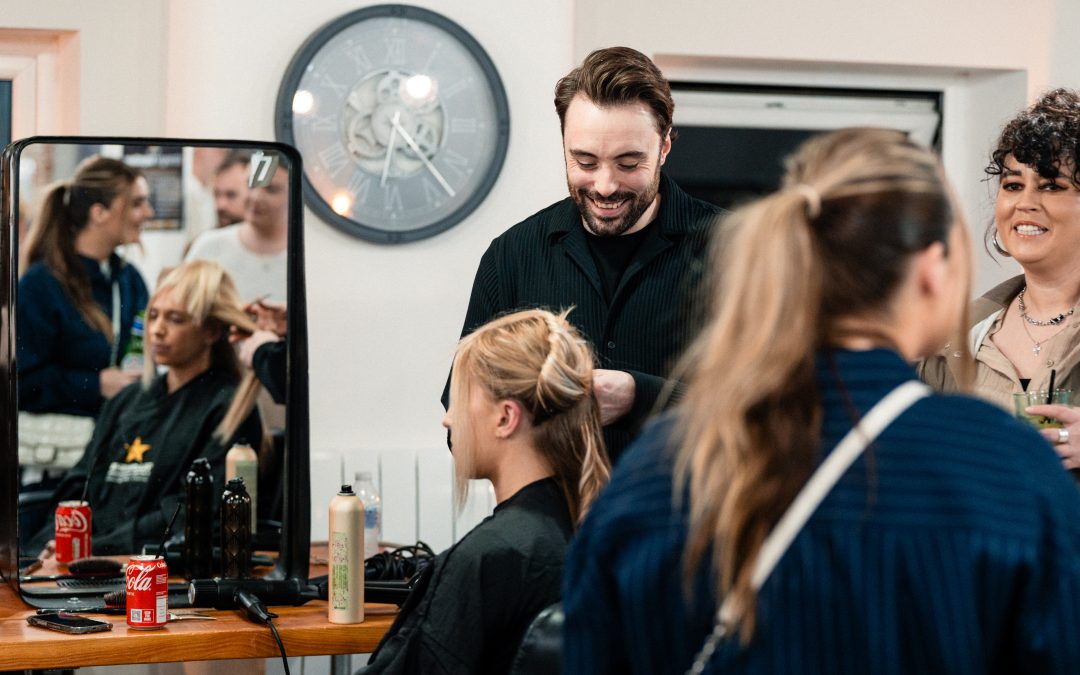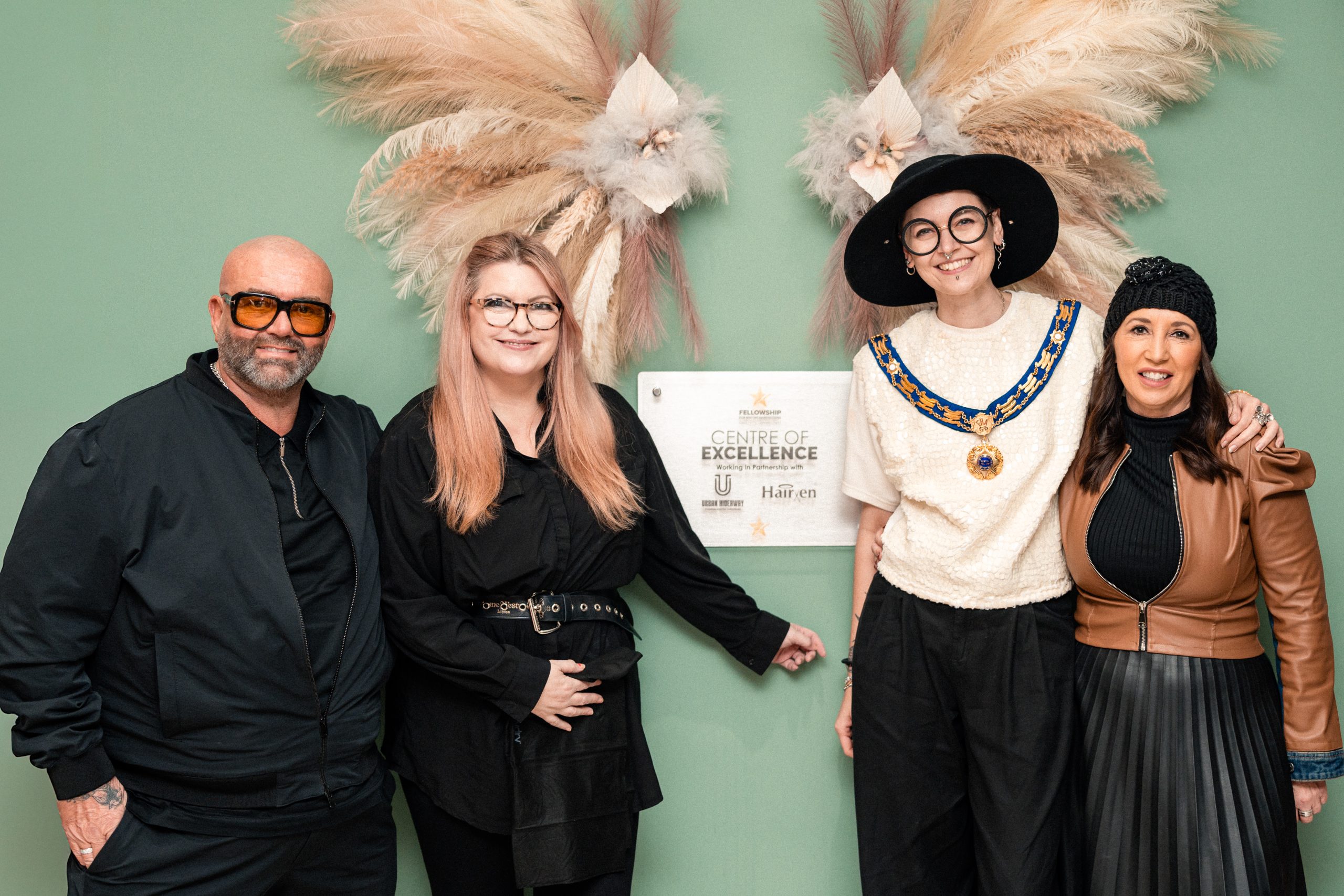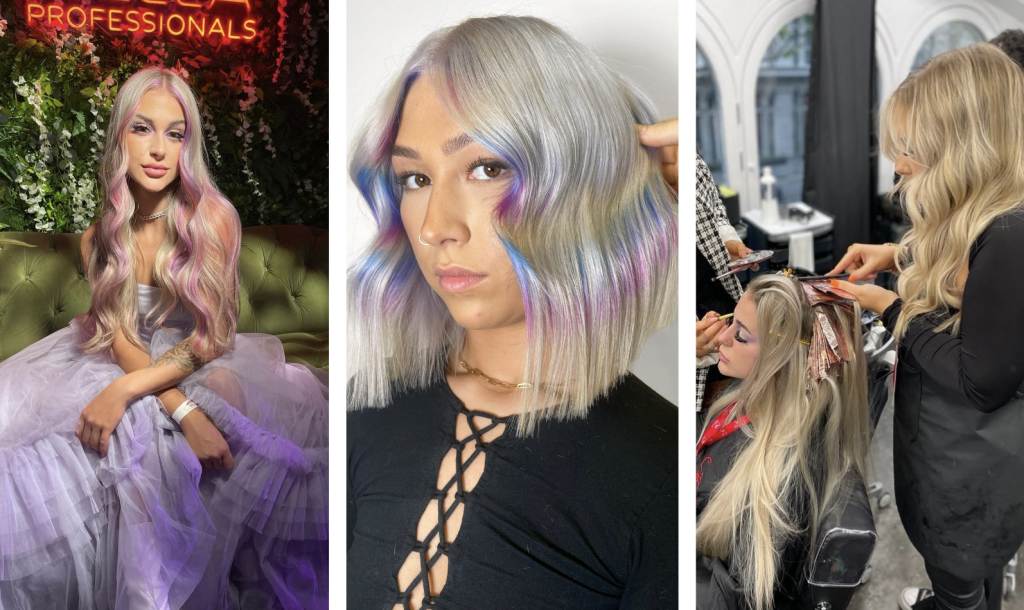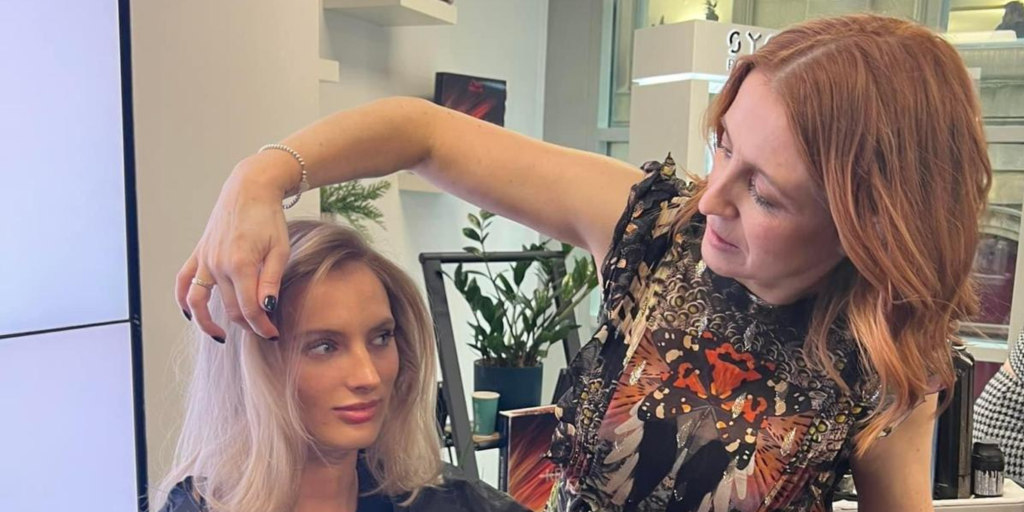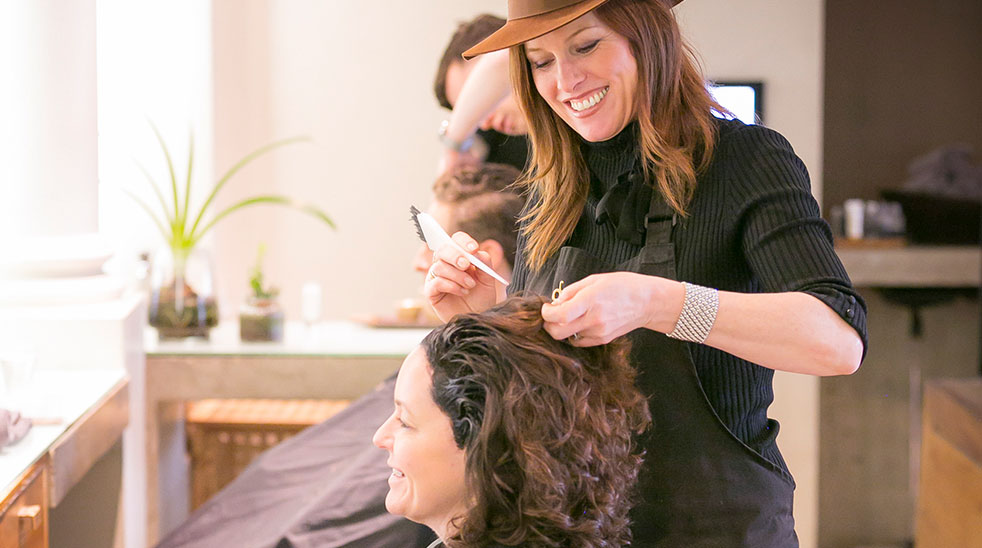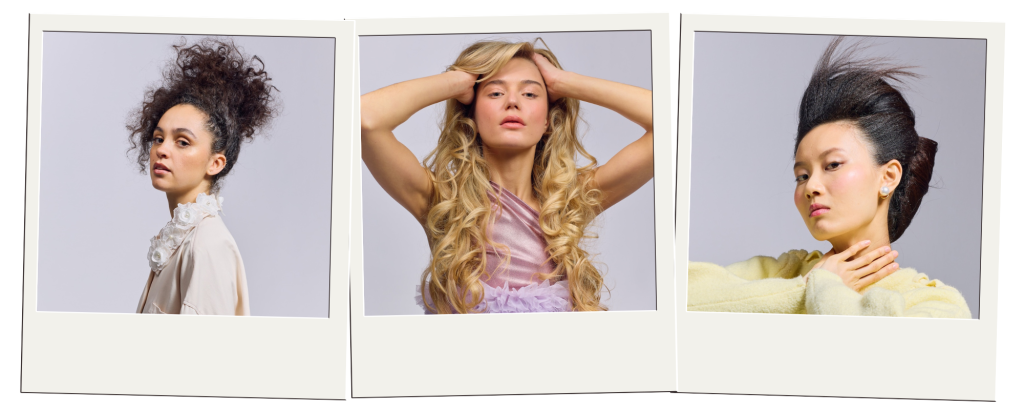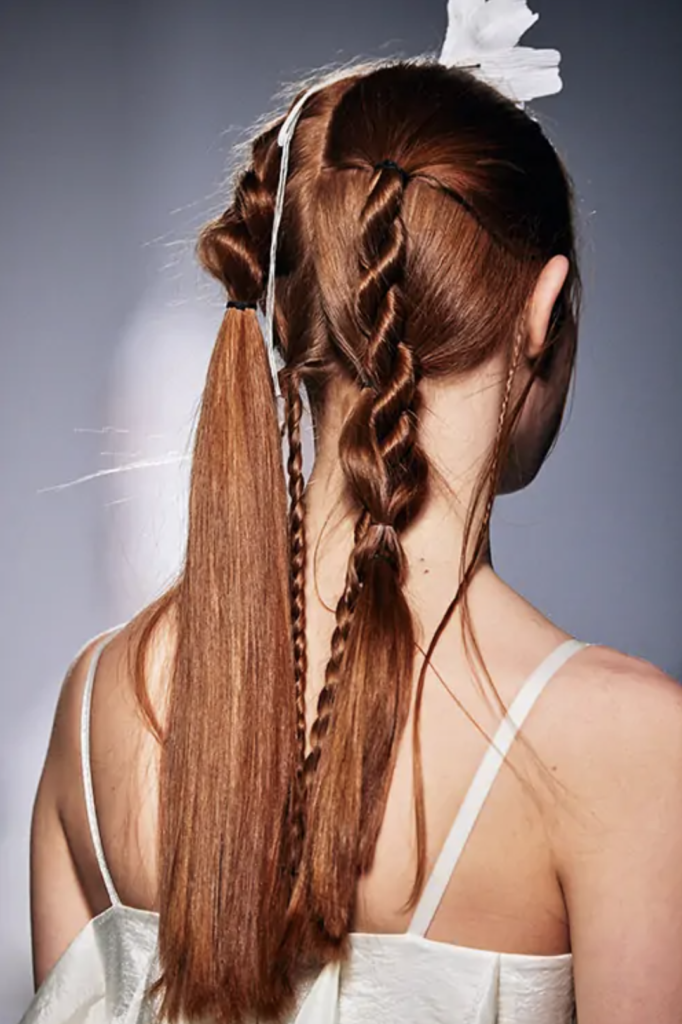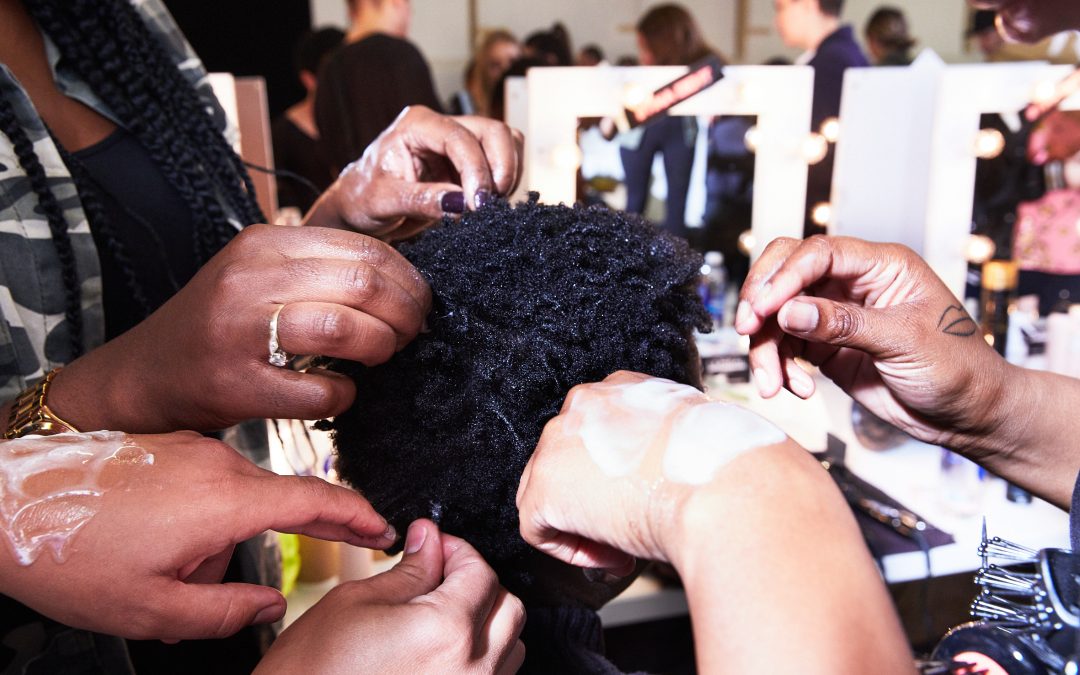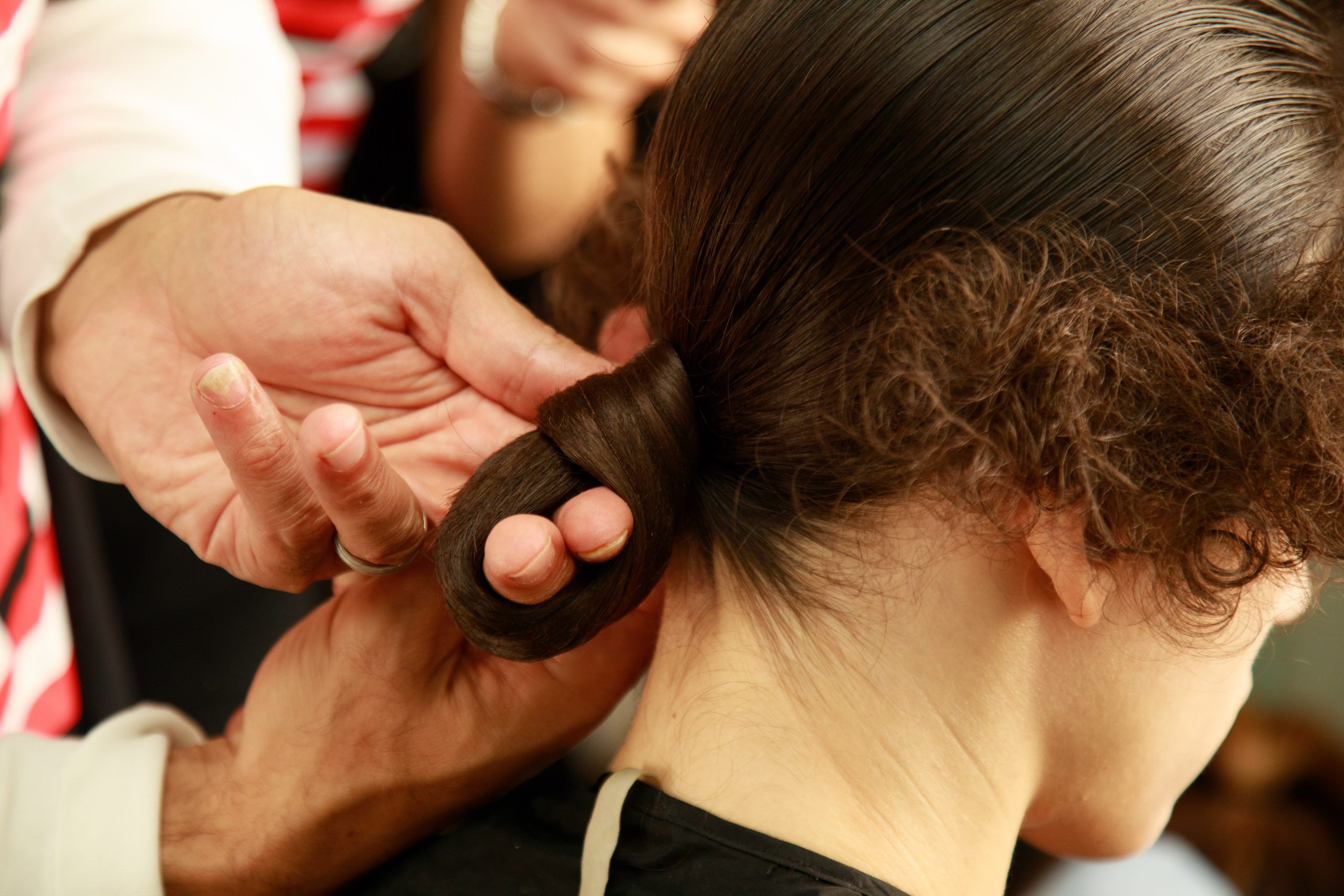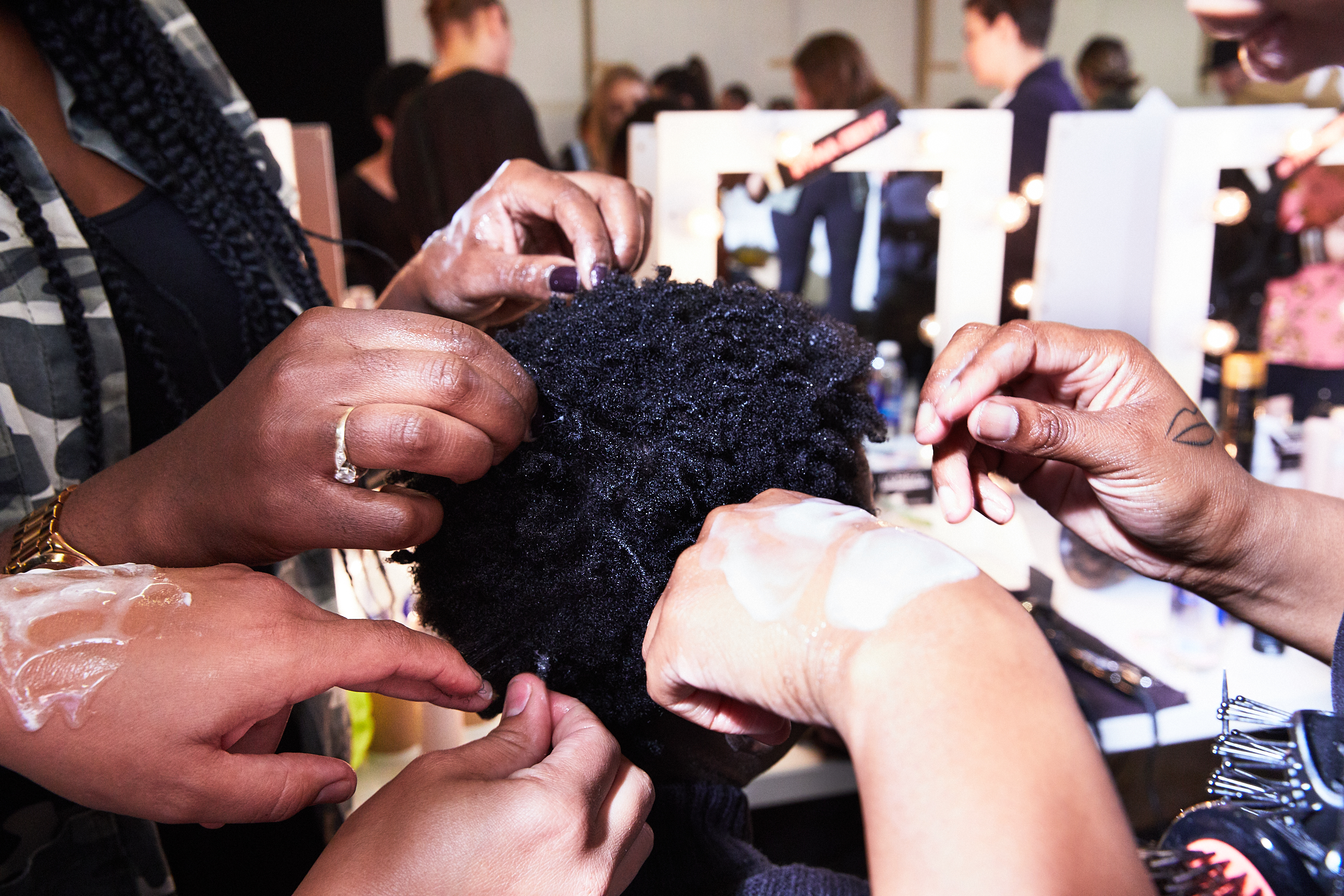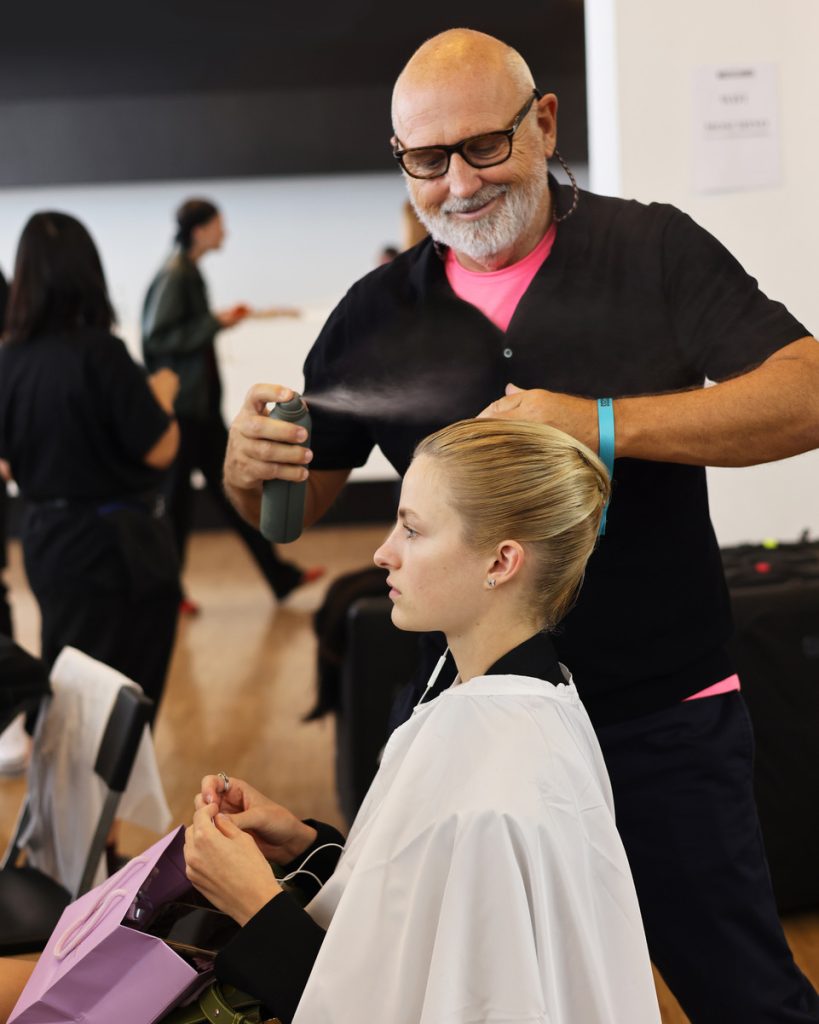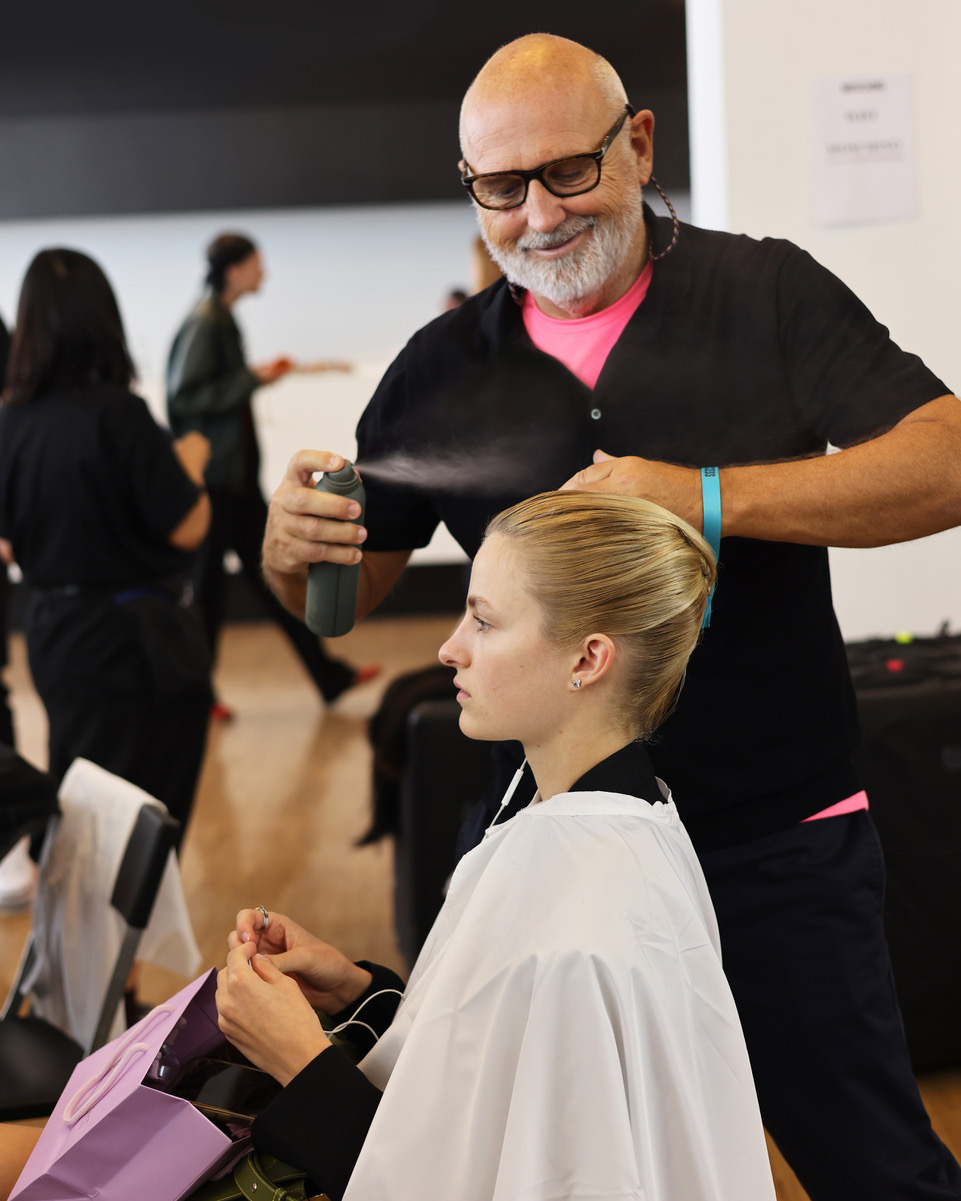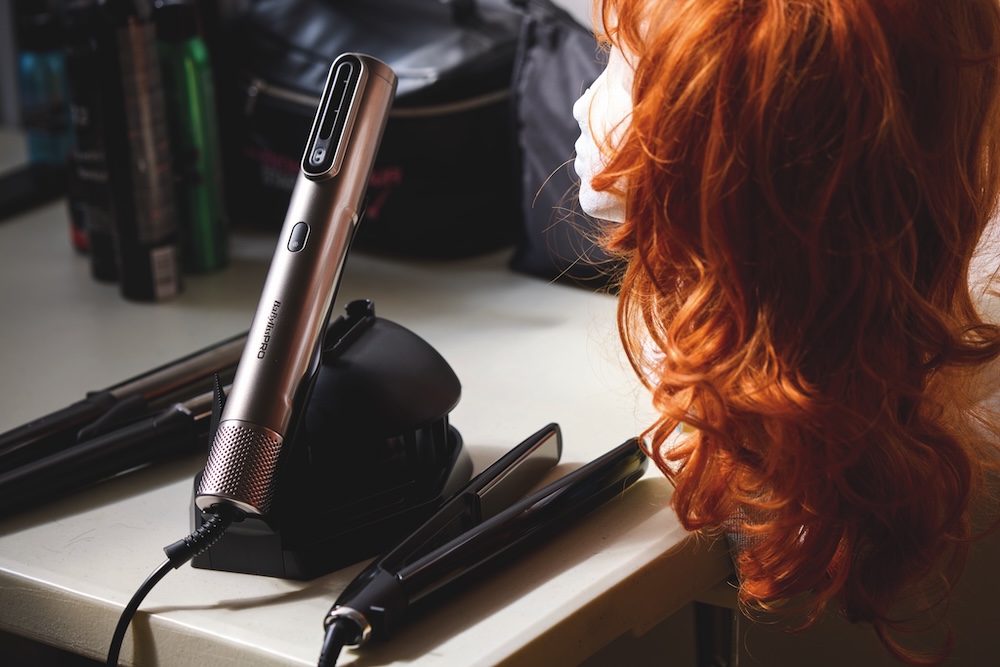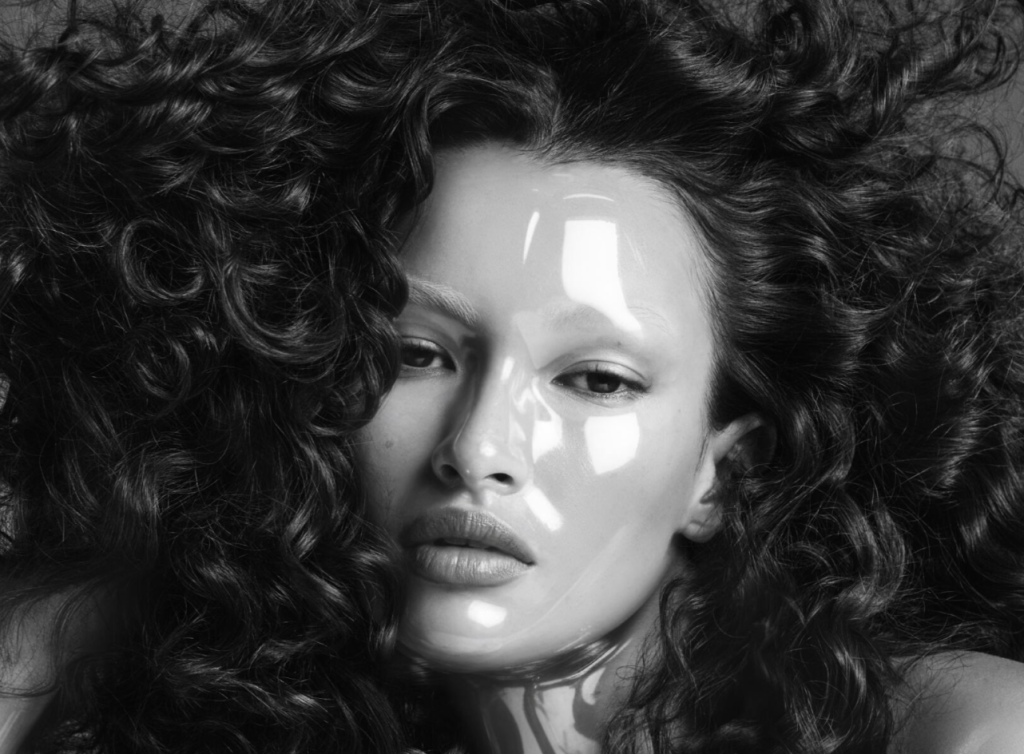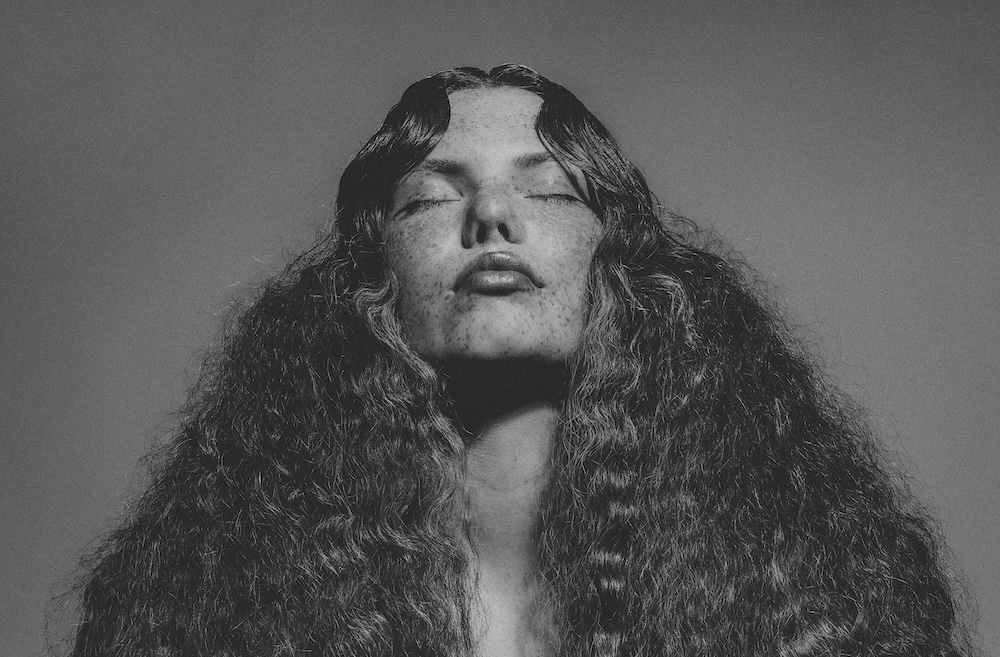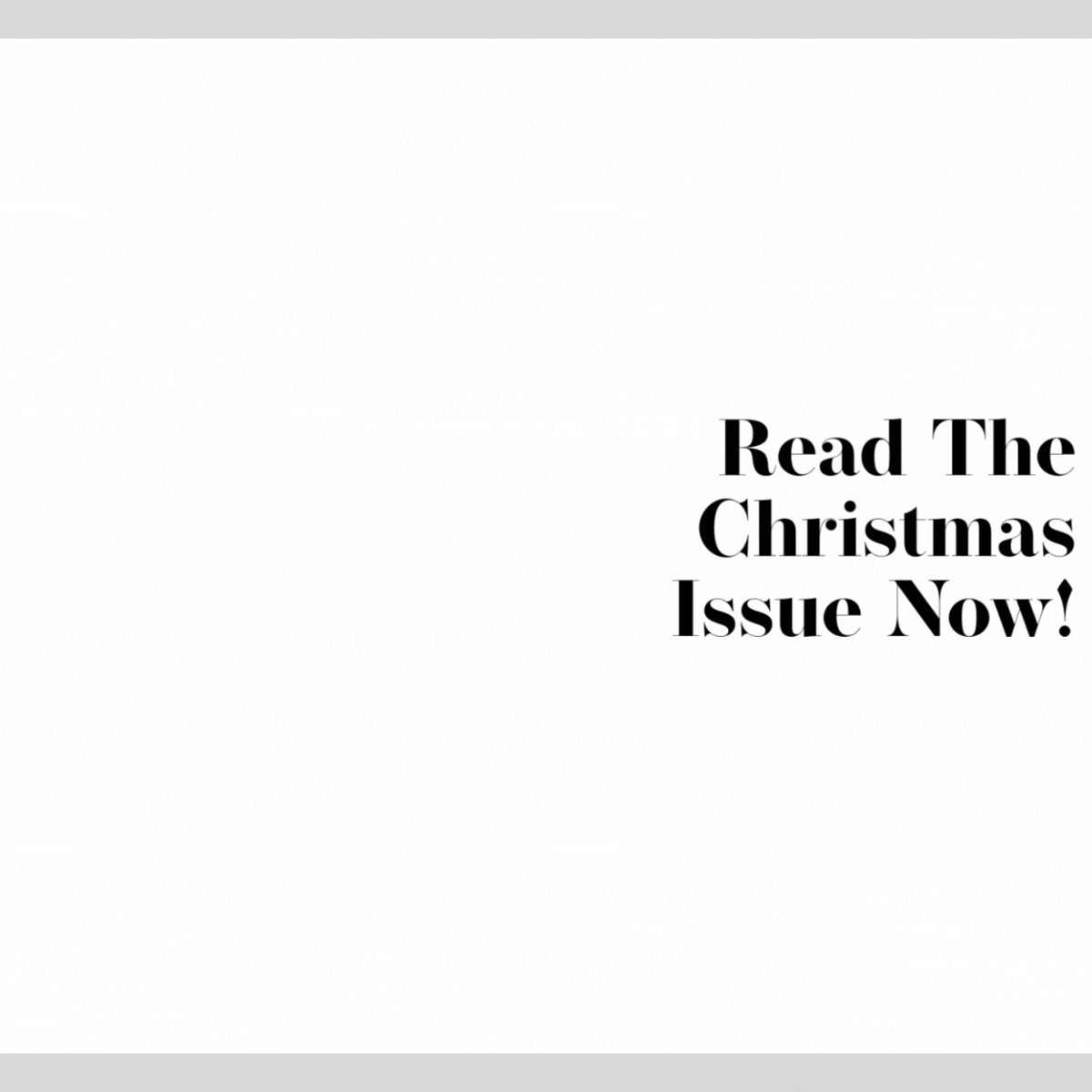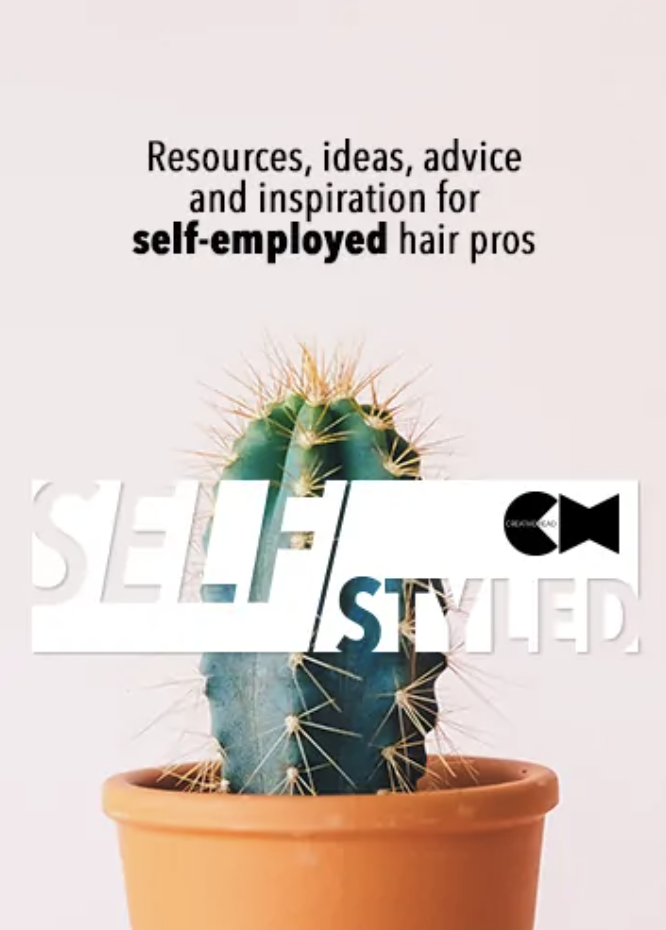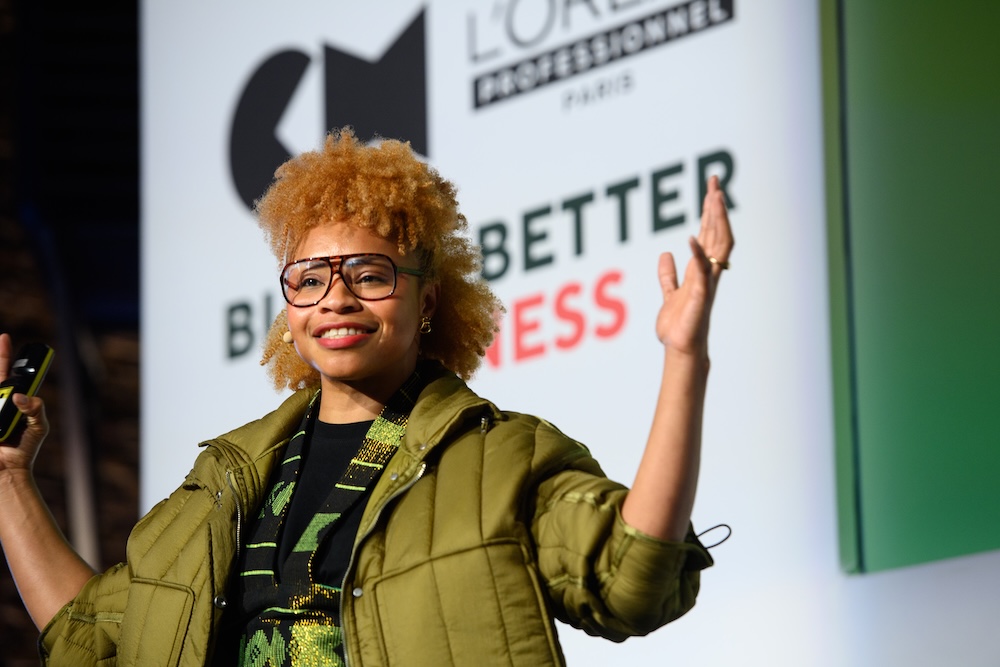
New Year, New Business Goals
New Year, New Business Goals
Calling all salon and barbershop owners! Book for Creative HEAD’s business networking event and set yourself up for a brilliant year ahead
by JOANNA | CONNECT
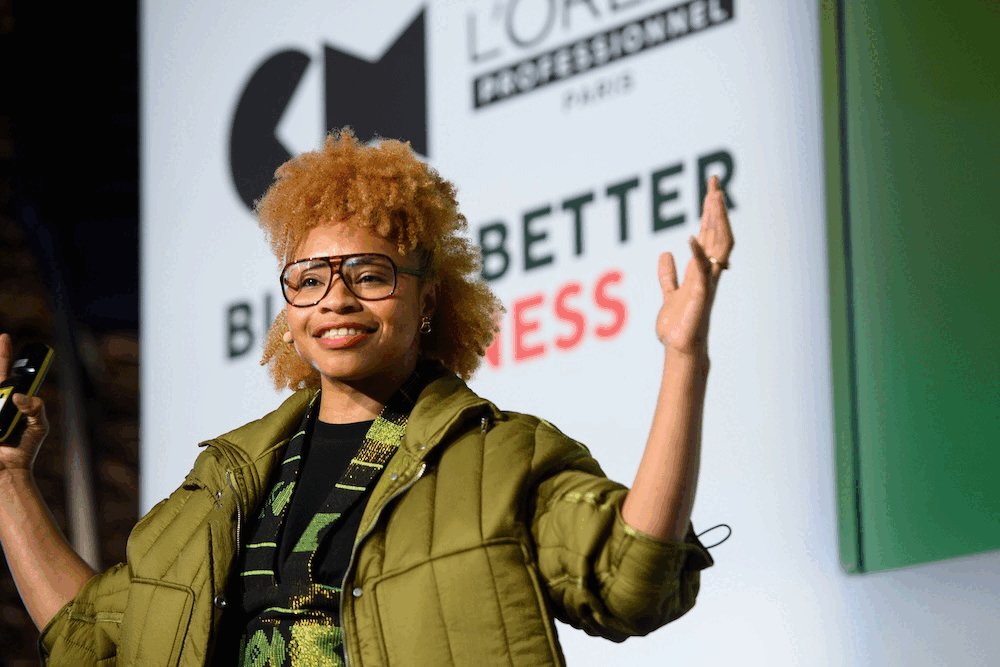
The business of hairdressing is challenging – perhaps now more than ever. But one thing is certain: you do not need to go it alone. In fact, togetherness is the beating heart of Salon Smart, Creative HEAD’s business networking event.
Now it its 19th year, Salon Smart aims to serve and support salon and barbershop owners and managers across the UK and Ireland, offering unique insight, sharing experiences, and providing endless opportunities to connect with like-minded professionals. Large or small, urban or rural, established or newly launched – the one-day event agenda is abuzz with fresh information, advice and inspiration for every business. And the community spirit is second to none.
Taking place in London on Monday 7 April, a ticket to Salon Smart costs £100 plus VAT (£80 plus VAT for newsletter subscribers), and guarantees access to a schedule of candid talks given by industry innovators, debates on big topics, interactive and live Q&A sessions, and the hair and business brands that could transform the way you work. A hot and delicious lunch plus coffee and cake breaks will ensure you’ll feel satiated and supercharged to absorb every second!
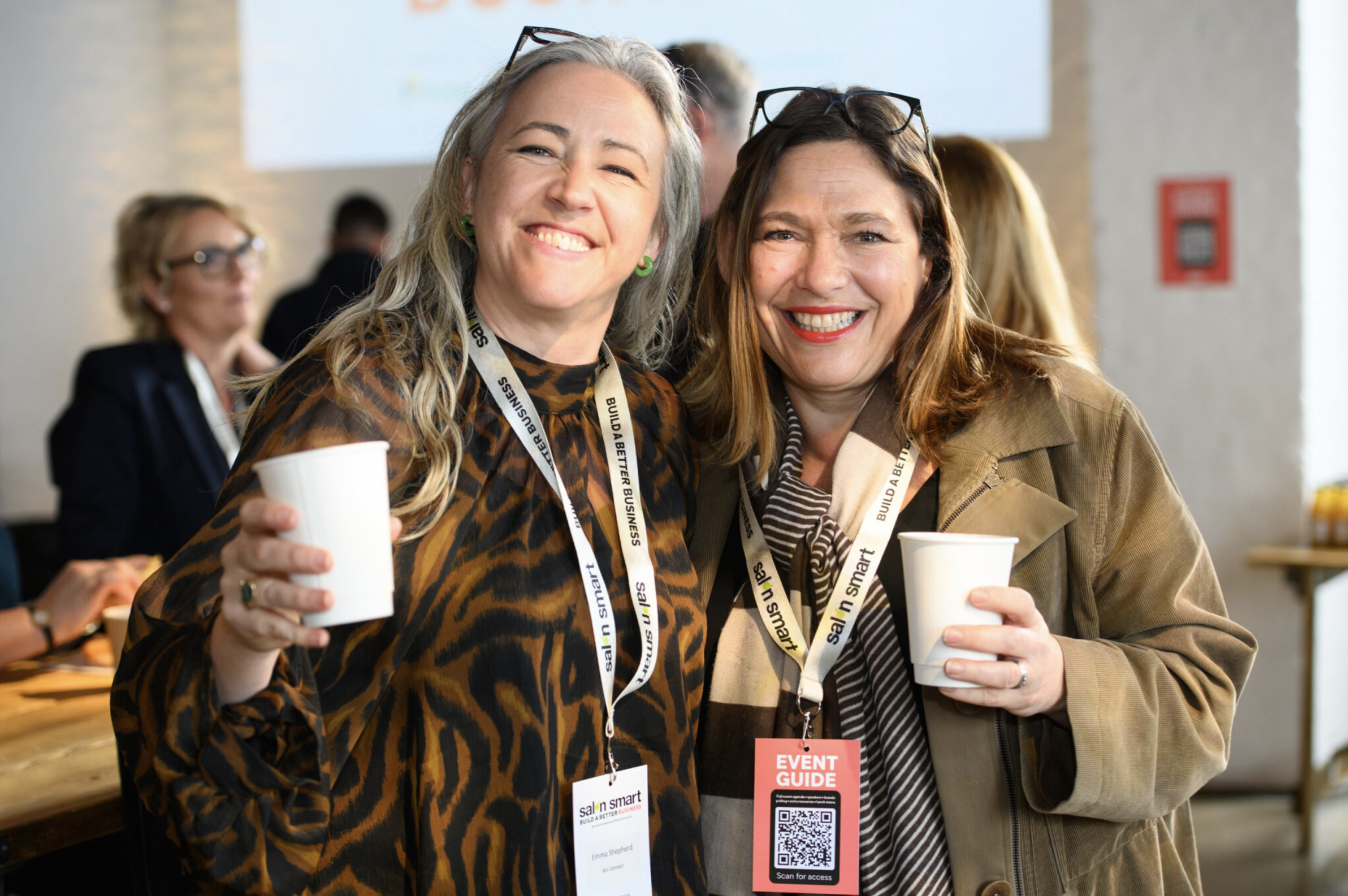
But don’t just take our word for it, these are the words of one satisfied Salon Smart attendee: “Every salon owner needs a pick me up! Today lifted me to the moon. So much great content to take away and digest, then spring it all into action.”
Relaxed, inclusive and relevant for right now, if you want to build a better business, get to Salon Smart.
